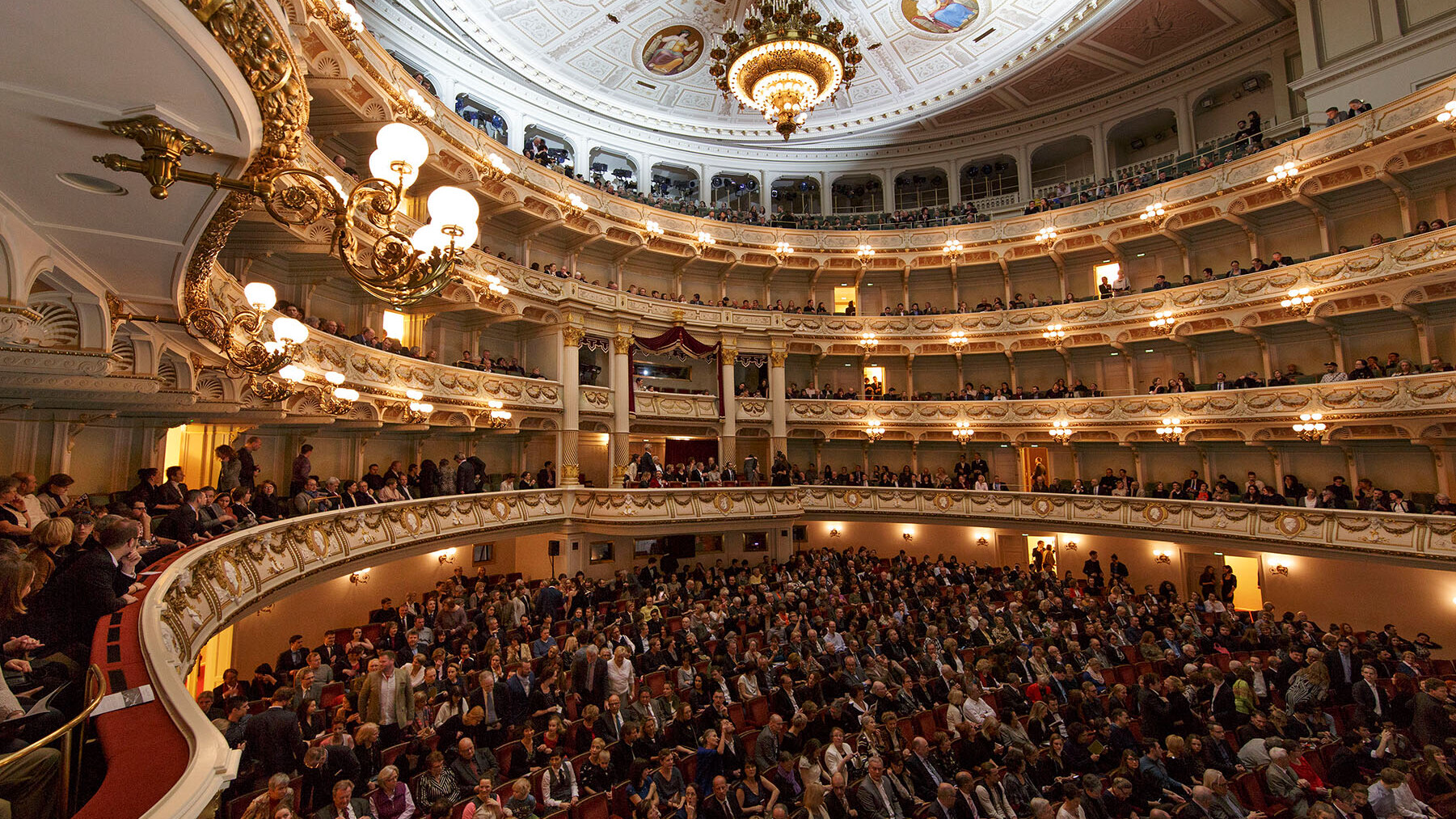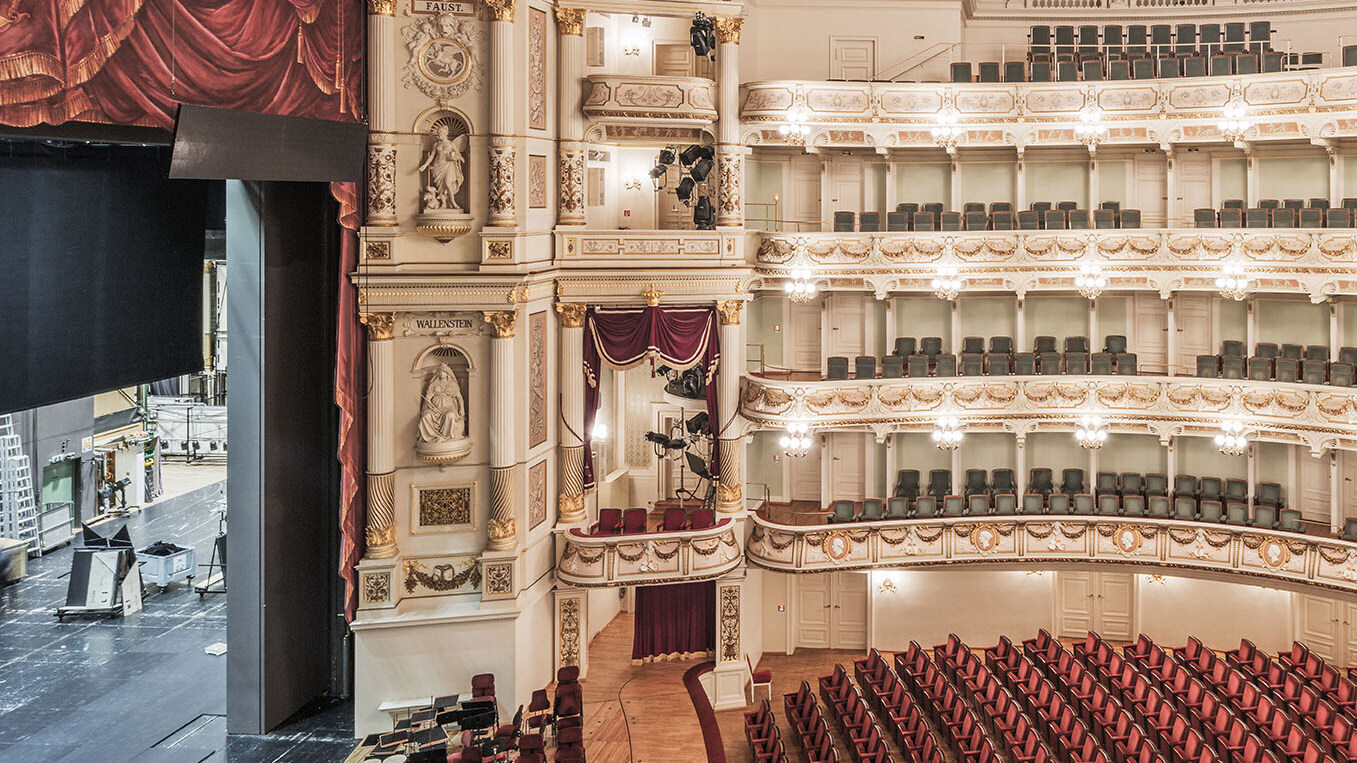Kinsun Chan's ballet is inspired by the idea that beauty is not to be found in perfection, but in imperfection and transience.
Semperoper Ballett at the Staatsschauspiel, Small Theatre
Premiere
8. May 2026
Dates & Cast
- Choreography Kinsun Chan
In brief
The centuries-old Japanese kintsugi method of repairing ceramics can be translated as “golden joinery”. Shards of broken ceramic or porcelain vessels are bonded using urushi lacquer with the cracks deliberately highlighted with a dusting of powdered gold. The aim is not to conceal the damage, but to celebrate the hidden history of a cherished object. Behind this craft, which has been widespread since the 16th century, lies the idea, closely associated with Zen Buddhism, that beauty is not to be sought in perfection, but rather in imperfection and transience. These two components symbolise the flow of life, the becoming and passing of all being.
The aesthetic, also known as wabi-sabi, has inspired Kinsun Chan to create his own artistic philosophy, which he brings not only to the choreography but also to the stage design of the dance evening. He will breathe new life into existing backdrops and costumes in a way reminiscent of the kintsugi method, namely to give “old” objects fresh value through transformation. Honouring imperfection is an exciting departure, particularly in the field of dance, which traditionally has striven to eliminate any flaws. In contrast, Chan’s choreography argues that we must be accepting of our own weaknesses and recognise the uniqueness of the individual in their imperfection.

